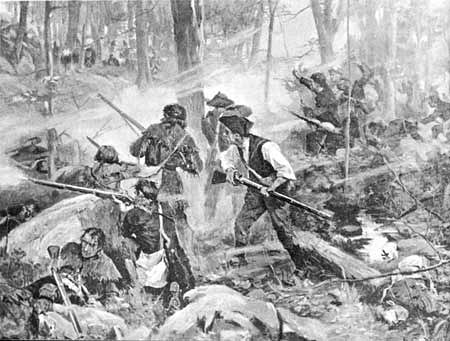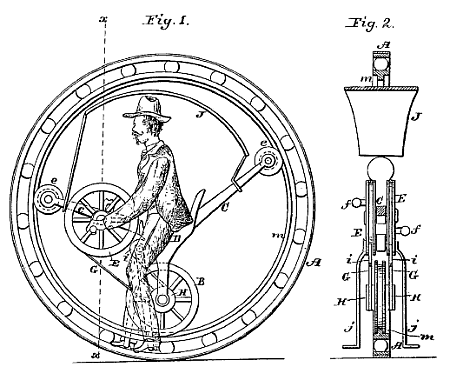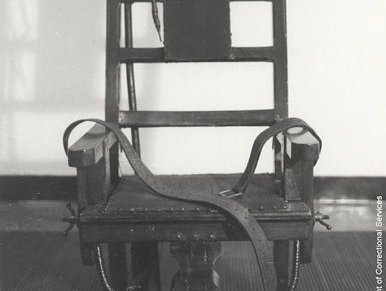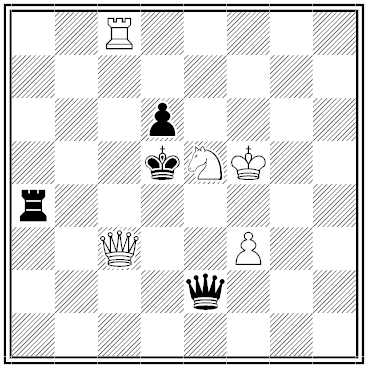United Nations
I don’t know who first observed this — the design of Norway’s flag contains those of six other countries:

The similarities are apparently accidental — designer Fredrik Meltzer had chosen the Nordic cross to reflect his nation’s ties with Denmark and Sweden and the tricolor to evoke the liberal ideals of France, the Netherlands, the United Kingdom, and the United States.
(Thanks, Nic.)
“Music and Baldness”
An English statistician has recently been engaged in an original task, that of studying the influence of music on the hair. … While stringed instruments prevent and check the falling out of the hair, brass instruments have the most injurious effects upon it. The piano and the violin, especially the piano, have an undoubted preserving influence. The violoncello, the harp, and the double bass participate in the hair-preserving qualities of the piano. But the hautboy, the clarinet, and the Mute have only a very feeble effect. Their action is not more than a fiftieth part as strong. On the contrary, the brass instruments have results that are deplorable.
— Scientific American, Aug. 29, 1896
(Summarizing the same study, the Boston Medical and Surgical Journal reported that “brass instruments have a fatal influence on the growth of the hair, notably the cornet, the French horn, and the trombone, which apparently will depilate a player’s scalp in less than five years. … The baldness which prevails among members of regimental bands has been given the name of ‘trumpet baldness,’ calvitié des fanfares.”)
All in the Family
In 1955, attendants at a naval hospital in Balboa, Calif., discovered a patient named Tonsillitis Jackson. When they asked about this, he explained that his mother had had tonsillitis when he was born.
Evidently his parents had liked the effect, because they had named his brother Meningitis and his sisters Appendicitis, Laryngitis, Peritonitis, and Jakeitis.
Elsdon Smith writes, “The last one must have signified the end of their medical knowledge.”
UPDATE: Even Jakeitis is a medical term, of sorts. In the 1920s, a ginger extract known as jake was valued for its high alcohol content. When a curious paralyzing ailment began to afflict poor alcoholics in the central South, the FDA traced the cause to two Boston bootleggers who had been adding tri-orthocresal phosphate, an industrial plasticizer, to bootleg jake. “Jakeitis,” also known as jake leg, may have afflicted as many as 100,000 people, but they tended to get moral opprobrium rather than sympathy. (Thanks, Krysta.)
Battle Tech

In a letter to general Charles Lee in February 1776, Benjamin Franklin suggested that the colonists arm themselves with bows and arrows, calling them “good weapons, not wisely laid aside.” He gave six reasons:
- “Because a man may shoot as truly with a bow as with a common musket.”
- “He can discharge four arrows in the time of charging and discharging one bullet.”
- “His object is not taken from his view by the smoke of his own side.”
- “A flight of arrows, seen coming upon them, terrifies and disturbs the enemy’s attention to his business.”
- “An arrow striking in any part of a man puts him hors de combat till it is extracted.”
- “Bows and arrows are more easily provided everywhere than muskets and ammunition.”
Franklin also recommended resurrecting the pike. His ideas weren’t used, but they were debated seriously even decades later. One theorist calculated that in a battle at Tournay on May 22, 1794, 1,280,000 balls had been discharged, an average of 236 musket shots to disable each casualty. “Here then, evidently appears in favour of the bow, in point of certainty of its shot, of no less than upwards of twenty to one.”
Franklin may have been used to being disregarded in military matters. In 1755 he’d suggested using dogs as scouts, “every dog led in a slip string, to prevent them tiring themselves by running out and in, and discovering the party by barking at squirrels.”
In a Word
sgiomlaireachd
n. (Scottish Gaelic) the habit of dropping in at mealtimes
Heir Apparel
A rector of a Yorkshire parish, who died in 1804, left a considerable property to his daughter on the condition that she should dress with greater propriety than theretofore. ‘Seeing that my daughter, Anna, has not availed herself of my advice touching the objectionable practice of going about with her arms bare up to the elbows, my will is that should she continue after my death in this violation of the modesty of her sex, all the property, personal and real, devised for her maintenance, shall pass to the oldest of the sons of my sister, Caroline. Should anyone take exception to this, my wish, as being too severe, I answer that licence in dress in a woman is a mark of a depraved mind.’
— Virgil McClure Harris, “Wills and Will-Makers,” in Trust Companies, December 1921
Murder Ink
In 1973, Sheldon Klein of the University of Wisconsin programmed a computer to write a 2,100-word mystery story in 19 seconds:
Wonderful smart Lady Buxley was rich. Ugly oversexed Lady Buxley was single. John was Lady Buxley’s nephew. Impoverished irritable John was evil. Handsome oversexed John Buxley was single. John hated Edward. John Buxley hated Dr. Bartholomew Hume. Brilliant Hume was evil. Hume was oversexed. Handsome Dr. Bartholomew was single. Kind easygoing Edward was rich. Oversexed Lord Edward was ugly. Lord Edward was married to Lady Jane. Edward Liked Mary Jane. Edward was not jealous. Lord Edward disliked John. Pretty jealous Jane liked Lord Edward. …
The plots tend to be haphazard and the narrative unsophisticated … but in this example the butler did it. Perhaps Klein was onto something.
Round Trip

Connecticut inventor Richard Hemmings patented this “improvement in velocipede” in 1869. If I understand his description aright, the feet aren’t used at all: The operator sits in a saddle and turns a hand crank, which drives the inner wheels and imparts motion to the surrounding “traction wheel.”
“In starting the velocipede, the first movement is given by the operator’s running or walking a short distance on the ground while astrike the saddle,” Hemmings writes, worryingly. “When a start is thus obtained, the motion is readily continued by turning the pulleys E with the hands.”
“When the weight is below the centre, and the feet near the ground, and always free, very little difficulty is experienced in balancing and guiding the machine; and, as numerous experiments have proved, the ease with which it is worked and the velocity obtained render it quite equal, if not superior to any velocipede in use, while the expense of constructing them is far less.”
He says nothing about steering.
“The Chair of Death”

Convicted of murder in Illinois in 1934, Walter Dittman composed a poem to serve as his last words:
I see it grimly waiting patiently for me,
To send me as its victim into eternity.
Not a whit or bit of mercy does it show for man or beast.
Its only song is, “Die, you dog, for your slide to hell is greased.”
It’s not the thought that I’m to die that makes me want to pray.
It’s because I’ll not be there, my own, to wipe your tears away.
God knows, and so do you, that I never slew nor stole,
And though the whole world’s turned against me,
He’ll have mercy on my soul.

